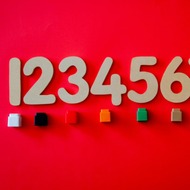Math at Sun West Professional Learning - Day 1
(View Complete Item Description)The following resource contains all the materials and supporting documents used for our Math Professional Learning. This includes the actual PPT presentation as well as the supporting handouts and checklist.
Material Type: Teaching/Learning Strategy, Primary Source




















